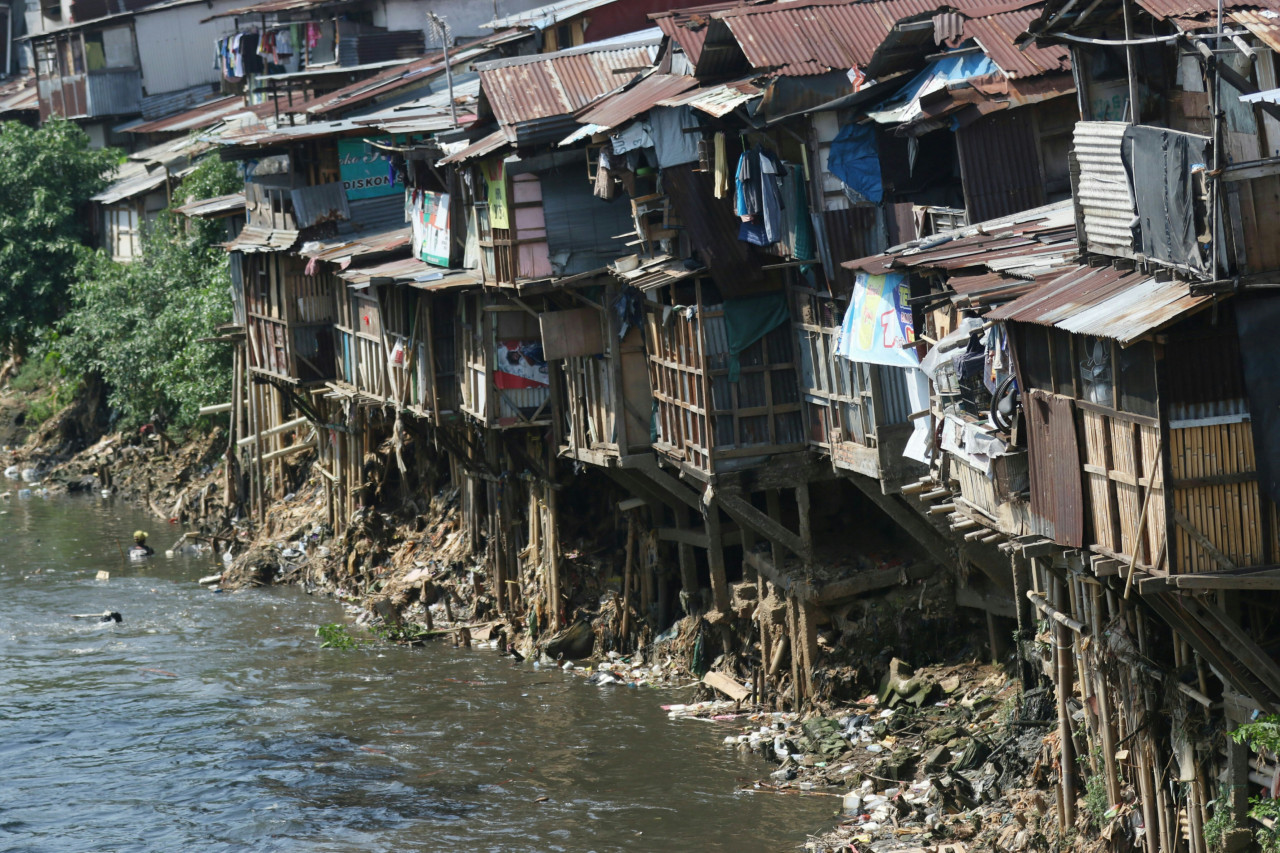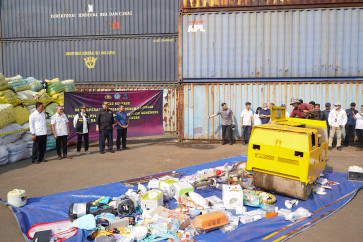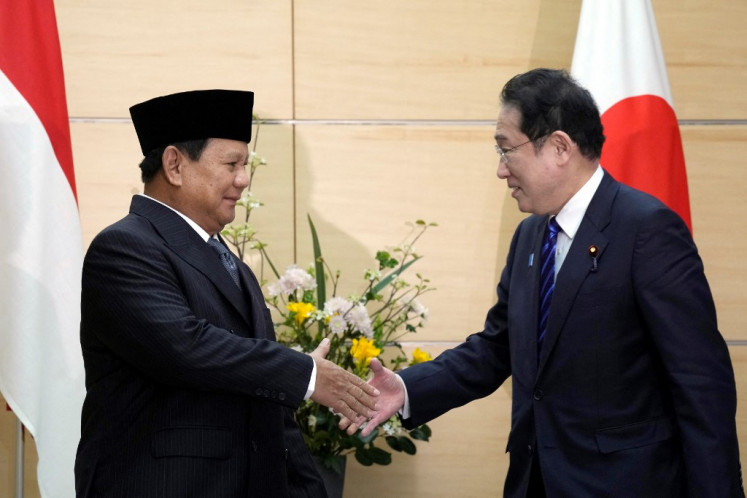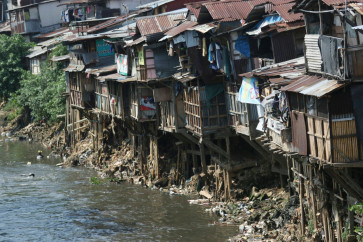Forget downgrading and look toward revitalization
Industrial revitalization as part of structural transformation is key to both economic and welfare growth that Indonesia needs to escape the middle income trap.
Change Size
 Stilt houses stand in a makeshift riverbank settlement in Jakarta in this file photograph from October 2020. (JP/Dhoni Setiawan)
Stilt houses stand in a makeshift riverbank settlement in Jakarta in this file photograph from October 2020. (JP/Dhoni Setiawan)
O
n July 1, the World Bank downgraded Indonesia to the lower-middle income category, which actually comes as no surprise despite the fuss and public disappointment over it.
Indonesia had just ascended to the upper-middle income category last July when its gross national income (GNI) per capita crossed the threshold by a mere US$50. Within months, the impacts the COVID-19 pandemic reared their ugly head as the Indonesian economy contracted 2.07 percent and its GNI per capita dropped to $3,870. As a result, the country fell back to its previous ranking.
The pandemic has indiscriminately affected nations. Aside from Indonesia, a lot of countries have seen their GNI per capita decline as result of the global health crisis, and Iran, Belize and Samoa have also been relegated to the lower-middle income group.
Since Indonesia is still on the brink of crossing the threshold, bouncing back up to the upper-middle income ranking should not be a difficult undertaking in the next year or two. The prerequisite, of course, is that the country has to rein in the coronavirus to allow the economy to recover.
The real problem actually rests in the sluggish progress of welfare development, particularly over the last two decades. Economic growth and welfare development had already been slowing before the pandemic hit in March 2020. This will make it more difficult for Indonesia to complete its quest to close the gap with its more advanced developing peers, not to mention developed countries.
Indonesia’s per capita income is already well behind ASEAN neighbors like Malaysia and Thailand, which have respectively reached GNI per capita of $11,230 and $7,260. Thailand achieved upper-middle income status about a decade ago, while Malaysia did so nearly two decades ahead of Thailand.
Without accelerating the economy and improving the wellbeing of its population, Indonesia has a very long journey to achieving high income status. By the World Bank’s standards, the upper-middle income ranges from $4,096 to $12,695, a lot wider than the lower-middle income range, which only spans around $3,000. Indonesia has been in that category for about 25 years now. Assuming an average annual growth of 5 percent, similar to its pre-pandemic growth rate, Indonesia will need at least 70 years to reach high income status.
















